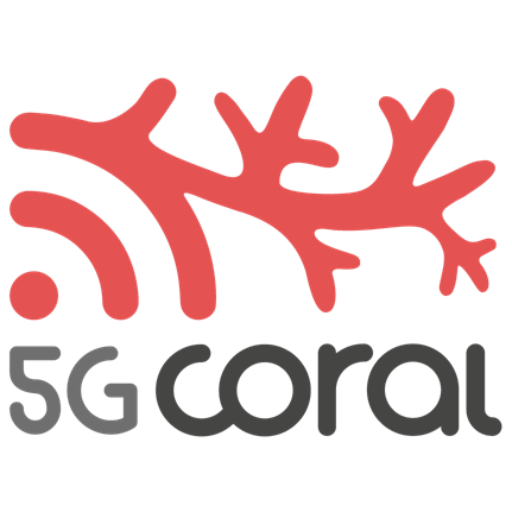f0rce – fog orchestration engine
f0rce is a python-based fog orchestration engine for distributed environments developed in 5G-CORAL. f0rce plays the role of the Orchestrator in the ETSI NFV MANO architecture. f0rce is based on a distributed key-value store (i.e., YAKS) to share data across the network and along the cloud-to-thing continuum. The implementation effort in f0rce resulted also in ykon (i.e., abbreviation of YAKSON), a python framework developed to make more agile the development of a distributed application based on YAKS by providing a set of APIs and abstractions. ykon is currently provided as a submodule on the f0rce repository, which is now hosted as a branch on the fog05 repository: https://github.com/eclipse/fog05/tree/f0rce
Eclipse Fog05 project
Eclipse fog05 aims at providing and full Management and Orchestration stack for the Fog Computing
environment, thus it need to interact with heterogeneous resources in an heterogeneous infrastructure.
In particular one of the main goal of fog05 is the unification of different frameworks coming from Telcos and Industry, in particular ETSI MEC, ETSI NFV and the OpenFog Consortium, there three framework deals with applications, but from different perspectives and focusing on different aspects of the application.
5G-CORAL contribution to Eclipse fog05 was compose by two mains contributions, providing a set of functional and non-functional requirements for a edge/fog infrastructure and identity the gap between the those three framework in order to provide and unified descriptor model for applications in the edge/fog environment.
More information on fog05 can be found: http://www.fog05.io
GitHub: http://github.com/eclipse/fog05
5G infrastructure generator
R package to generate operator infrastructure graphs (including MEC locations) based on point processes. This package considers the reference 5G transport infrastructure as proposed in [1][2], which is composed of (i) access, (ii) aggregation, and (iii) core. The resulting infrastructure graph can be used to run a multitude of simulations, such as placement algorithms, traffic optimization, infrastructure planning, etc. The code of the R package is available on GitHub: https://github.com/MartinPJorge/mec-generator/tree/5g-infra-gen
[1] L. Cominardi, L. M. Contreras, C. J. Bcrnardos and I. Berberana, “Understanding QoS Applicability in 5G Transport Networks,” 2018 IEEE International Symposium on Broadband Multimedia Systems and Broadcasting (BMSB), Valencia, 2018, pp. 1-5. doi: 10.1109/BMSB.2018.8436847 URL: https://e-archivo.uc3m.es/handle/10016/27393
[2] J. Martín-Pérez, L. Cominardi, C. J. Bernardos, A. de la Oliva and A. Azcorra, “Modeling Mobile Edge Computing Deployments for Low Latency Multimedia Services,” in IEEE Transactions on Broadcasting. doi: 10.1109/TBC.2019.2901406 URL: https://e-archivo.uc3m.es/handle/10016/28273

